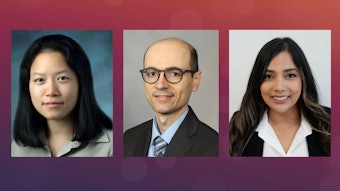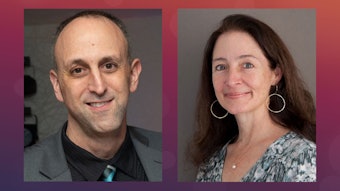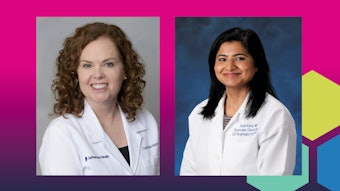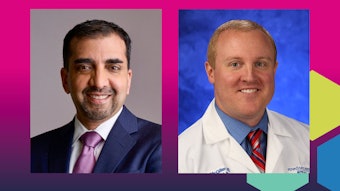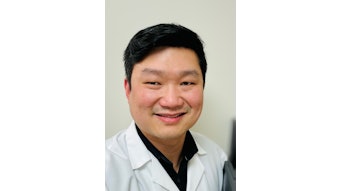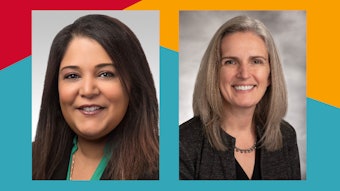Treating patients with alcohol and substance use disorders
With cases on the rise, hospitalists need knowledge and skill strategies to be successful.
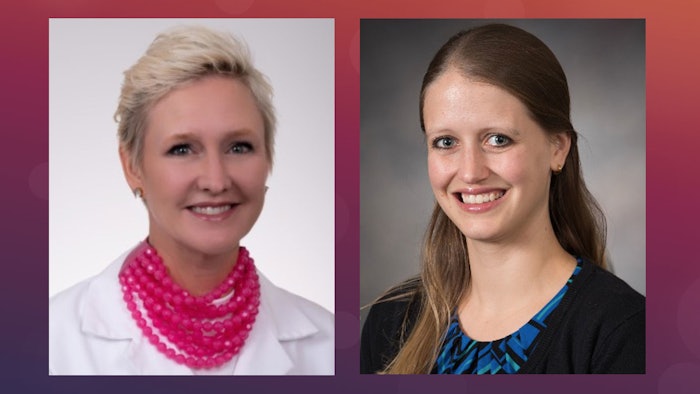
The “Be prepared” motto that has served the Boy Scouts of America for decades is likely a good motto for hospitalists. And nothing tests a hospitalist’s preparedness more than treating patients with alcohol and substance use disorders.
Hospitalists are seeing an increasing number of patients with substance use, substance use disorders, and substance use related complications. With the changing landscape of illicit substances, hospitalists are also challenged to treat these patients, often without the aid of — or access to — an addiction medicine service. According to Keri Holmes-Maybank, MD, MSCR, SFHM, director of Friday’s session, “No Addiction Medicine Service? Things You Need to Know to Care for Patients With Substance Use Disorders,” the growing number of illicit drugs and prescription treatments makes it difficult to keep up.
“It requires knowledge and experience about starting specific medications for use disorders, such as buprenorphine and methadone. One example of this is low dose initiation of buprenorphine,” said Dr. Holmes-Maybank, an associate professor of medicine at Medical University of South Carolina in Charleston. “Formulary access to these medications, links to care for continuing medications at discharge, and fentanyl make starting medications for opioid use disorders challenging — as do the changing adulterants Thesein the drug supply. This includes xylazine and medetomidine. It also includes the management of precipitated withdrawal in the era of fentanyl.”
According to session co-director Anna-Maria South, MD, FACP, FASAM, an assistant professor of medicine at the University of Kentucky College of Medicine in Lexington, patients with substance abuse disorders are overrepresented in the healthcare setting, including in the emergency room and inpatient setting. This, she said, is why hospitalists are in an ideal position to screen for substance use, diagnose a disorder, and offer treatment and harm reduction strategies.
Because this growing trend can dominate the hospitalists’ case load, the session will cover high-yield, up-to-date information related to these challenges, including micro-dosing, withdrawal, treatment approaches for the patient who uses xylazine adulterated substances, treatment of alcohol withdrawal with phenobarbital in non-intensive care unit patients, initiation of treatment for alcohol use disorder in hospitalized patients, and harm reduction strategies for the hospitalized patient with substance use disorder.
“Management of buprenorphine precipitated withdrawal, for example, can be treated by rapid, higher dosing of buprenorphine or changing to a full agonist. We recommend treating precipitated withdrawal with rapid, higher dosing of buprenorphine,” Dr. South said. “As for the patient who uses xylazine adulterated substances, it is important to recognize that there is no reversal agent in humans. Naloxone should still be administered in the event opioids are co-ingested. Both intoxication and withdrawal are treated with supportive measures.”
Dr. South said buprenorphine and methadone are important mortality-reducing medications to treat opioid use disorder while naloxone is a harm reduction tool to reverse overdoses. It is important to continue to offer medication and support to patients with opioid and alcohol use disorders each time they are hospitalized. Much like the use of tobacco products, she said, it can take multiple quit attempts, and each one counts.
Drs. Holmes-Maybank and South also offered tips for the treatment of alcohol use disorders and withdrawal.
“We cannot stress how important it is to consider initiation of medication for alcohol use disorder (MAUD),” Dr. Holmes-Maybank said. “Hospitalization is a reachable moment for persons with use disorders.”
The best evidence suggests the use of naltrexone, she said. Dr. Holmes-Maybank recommends starting with a smaller dose of 25 mg per day for three days. If tolerated and symptoms such as craving are not well controlled, the dose can be increased to 50 mg a day (usual treatment dose). Naltrexone is safe in many patients with liver disease, including Child-Pugh A and B. For patients with more severe, decompensated liver disease, a shared decision-making approach should be used discussing the benefit versus risk of naltrexone.
As for alcohol withdrawal with phenobarbital in non-intensive care unit patients, both said there is currently no true guideline for phenobarbital on medical or surgical floors. Dosing is extrapolated from a few emergency department studies. Many hospitals have restrictions on how phenobarbital can be given outside of the ICU, ED, and neurology floors. The choices are either set loading doses administered over several hours or weight-based dosing divided into multiple doses over several hours. However, it is important to consider contraindications such as hepatic disease, they said.
“All hospitalists can treat patients with opioid use disorders and alcohol use disorders,” Dr. South said. “Harm reduction strategies should be offered regardless of whether the patient thinks they will return to use. Medications for use disorder reduce use in those who continue to use substance and protect from overdose.”
Visit SHM Meeting News Central for more coverage.


